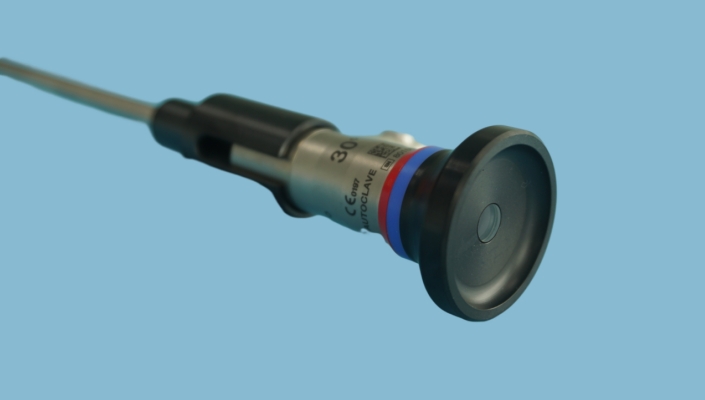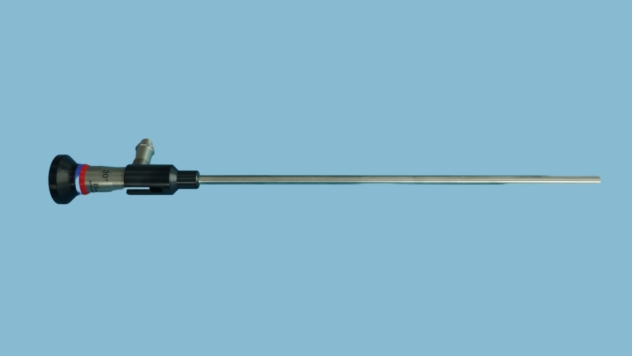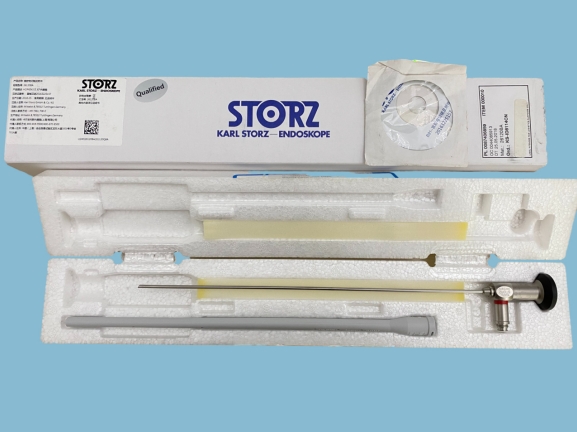Tel: +85368902598
E-mail: tina@fyendoscopy.com
Tel: +85368902598
E-mail: tina@fyendoscopy.com
Hysteroscopy is a kind of examination in which a tiny hysteroscope is stretched into the uterine cavity through the vagina and cervix, after which water is pumped into the uterine cavity, and after the uterine cavity is swollen, the form in the uterine cavity can be seen through the hysteroscope. Through hysteroscopy, you can know whether the thickness of the lining of the uterine cavity is even or not, whether there is a foreign body growing or not, it is more intuitive than doing ultrasound and MRI, and it can see the location of the lesion in the uterine cavity and the lesion more clearly. Hysteroscopy is less painful, shorter, and can detect abnormalities in the uterine cavity in a timely manner.
The role of hysteroscopy is very large, can be used for both examination and treatment, in the clinic when the patient has the following conditions can choose hysteroscopy: First, when the patient is suspected of having abnormalities of the uterine cavity, suspected that the patient by the incarcerated IUD, endometrial or submucosal leiomyomas and other organic pathologies, there are abortions or medication after abortion of uterine residuals, endometrial adhesion, endometrial damage, endometrial tumour lesions, can choose hysteroscopy, if necessary, can be diagnostic scraping under the hysteroscopy to clarify the diagnosis. When there are endometrial tumour lesions, hysteroscopy can be chosen, and diagnostic scraping can be carried out under hysteroscopic detection to make a clear diagnosis if necessary. Secondly, when the patients have a clear diagnosis, they can choose hysteroscopic surgery for treatment, which can perform hysteroscopic endometrial polyps, submucosal fibroids removal surgery, removal of the ring surgery, separation of uterine adhesion surgery, an so on. Thirdly, when the patient has secondary infertility, hysteroscopy can be done to observe the shape of the uterine cavity and the opening of the fallopian tube.


